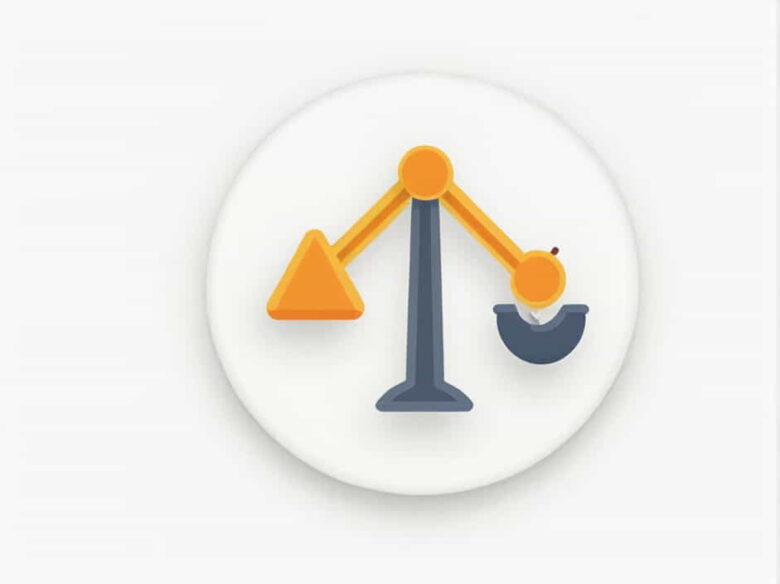A recessionary gap is an important concept in macroeconomics that reflects a situation where an economy’s output is below its potential. This can lead to high unemployment, underutilized resources, and economic stagnation. Understanding how to graph an economy in a recessionary gap is essential for analyzing the health of an economy and formulating effective policy responses. we will discuss the key concepts involved in graphing a recessionary gap, explain the components of the aggregate demand and aggregate supply curve, and explore how governments and central banks can address this issue.
What is a Recessionary Gap?
A recessionary gap occurs when the real GDP of an economy is lower than its potential GDP, which represents the maximum output the economy can produce without causing inflationary pressure. This gap typically results from a decrease in aggregate demand, leading to lower levels of production and employment.
In a recessionary gap, resources such as labor and capital are underutilized. Unemployment tends to rise, and businesses may reduce production or even shut down due to the lack of consumer demand. The overall effect is a slowdown in economic activity, which can persist without intervention from policymakers.
The Basics of the Aggregate Demand and Aggregate Supply Model
To understand how a recessionary gap is represented on a graph, we need to first familiarize ourselves with the basic structure of the aggregate demand (AD) and aggregate supply (AS) curves.
Aggregate Demand (AD)
The aggregate demand curve represents the total quantity of goods and services demanded in the economy at different price levels. It slopes downward, indicating an inverse relationship between the price level and the quantity of goods and services demanded. Several factors influence aggregate demand, including consumer spending, investment, government spending, and net exports (exports minus imports).
Aggregate Supply (AS)
The aggregate supply curve shows the total quantity of goods and services that producers in the economy are willing and able to supply at different price levels. In the short run, the AS curve slopes upward, indicating that as prices rise, producers are willing to supply more output. However, in the long run, the aggregate supply curve is vertical at the economys potential output (Yp), which represents the full employment level of output.
The Equilibrium Point
In a healthy economy, the intersection of the AD and AS curves determines the equilibrium output and price level. The equilibrium output is where the total quantity of goods and services demanded equals the total quantity supplied, and the price level is stable. When the economy is in a recessionary gap, the equilibrium output is below the potential GDP, which results in underutilized resources and a slowdown in economic activity.
Graphing a Recessionary Gap
To graph an economy in a recessionary gap, we need to plot both the aggregate demand and aggregate supply curves on a standard graph, with real GDP on the horizontal axis and the price level on the vertical axis.
Step 1: Plot the Potential GDP
Start by drawing a vertical line to represent the potential GDP (Yp) of the economy. This line shows the maximum output the economy can produce when all resources are fully utilized. The potential GDP is typically based on factors such as labor force size, capital stock, and technological progress.
Step 2: Draw the Aggregate Demand (AD) Curve
Next, draw the aggregate demand curve (AD) as a downward-sloping curve. The AD curve represents the total quantity of goods and services demanded in the economy at various price levels. A shift to the left of the AD curve can indicate a decrease in consumer confidence, lower investment, or a reduction in government spending, all of which can contribute to a recessionary gap.
Step 3: Draw the Short-Run Aggregate Supply (SRAS) Curve
Draw the short-run aggregate supply curve (SRAS) as an upward-sloping curve. The SRAS curve shows the total quantity of goods and services that firms are willing to supply at different price levels in the short run. When there is a recessionary gap, the equilibrium point will occur to the left of the potential GDP, indicating that the economy is not producing at full capacity.
Step 4: Mark the Recessionary Gap
The recessionary gap is the distance between the equilibrium output (Y1) and the potential GDP (Yp). In a recessionary gap, the equilibrium output (Y1) is below the potential GDP, reflecting the underutilization of resources. This gap represents the shortfall in economic activity, which is often accompanied by higher unemployment and lower levels of production.
Step 5: Identify Unemployment and Underutilization
In the context of a recessionary gap, the economy is not fully utilizing its labor force, capital, or other resources. This results in higher unemployment and idle production capacity. On the graph, the space between the equilibrium output (Y1) and the potential GDP (Yp) represents this underutilization.
Policy Responses to a Recessionary Gap
When an economy is in a recessionary gap, policymakers typically take measures to stimulate aggregate demand and close the gap. These measures can come from both the government and the central bank.
Fiscal Policy
One of the main tools for addressing a recessionary gap is fiscal policy. The government can increase its spending on infrastructure, education, and public services, or it can cut taxes to encourage consumer and business spending. By increasing aggregate demand, fiscal policy can help shift the AD curve to the right, thereby raising the equilibrium output and reducing the recessionary gap.
Monetary Policy
The central bank can also use monetary policy to address a recessionary gap. By lowering interest rates or increasing the money supply, the central bank can encourage borrowing and investment. This increase in demand can shift the AD curve to the right, helping to close the recessionary gap. In extreme cases, the central bank may also engage in unconventional monetary policies such as quantitative easing.
Automatic Stabilizers
In addition to discretionary fiscal and monetary policies, automatic stabilizers, such as unemployment benefits and progressive taxation, can help cushion the effects of a recessionary gap. These policies work automatically to increase government spending during periods of economic downturn, helping to stimulate demand without the need for new legislation.
Graphing an economy in a recessionary gap provides valuable insights into the underperformance of an economy and highlights the challenges of unemployment and resource underutilization. By understanding how to interpret the aggregate demand and aggregate supply curves, policymakers can take appropriate actions to address the gap and restore the economy to its full potential. Through fiscal and monetary policy, governments and central banks play a crucial role in closing the recessionary gap and ensuring long-term economic growth and stability.



